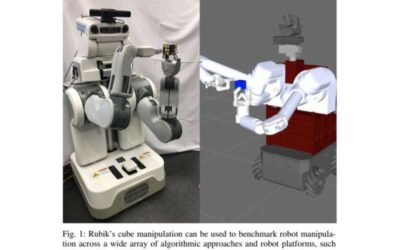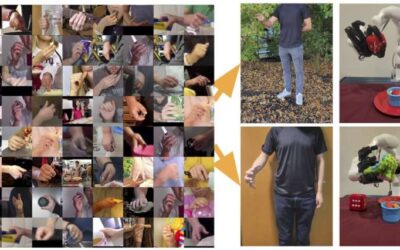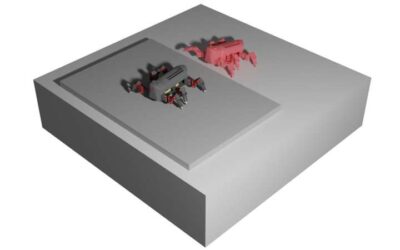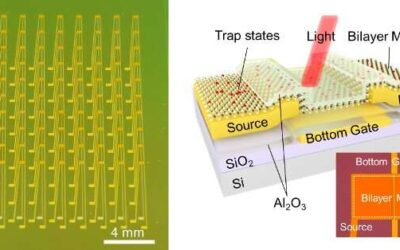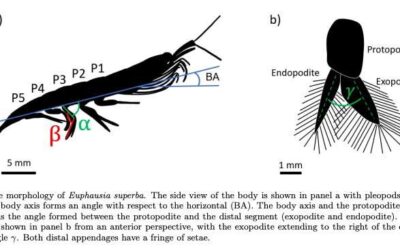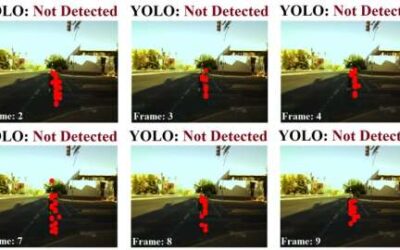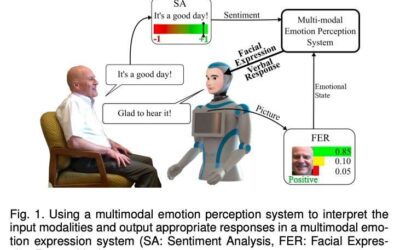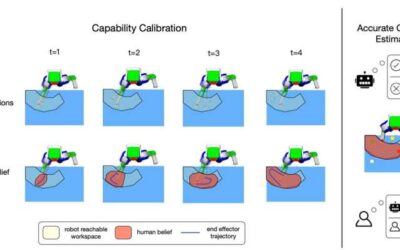Researchers at University of Washington have recently developed a new protocol to train robots and test their performance on tasks that involve object manipulation. This protocol, presented in a paper published in IEEE Robotics and Automation Letters, is based on...
Robotics
Robotic telekinesis: Allowing humans to remotely operate and train robotic hands
Over the past few decades, computer scientists have developed increasingly advanced techniques to train and operate robots. Collectively, these methods could facilitate the integration of robotic systems in an increasingly wide range of real-world settings.
An approach to rapidly and efficiently improve the locomotion of legged robots
In recent years, roboticists have developed mobile robots with a wide range of anatomies and capabilities. A class of robotic systems that has been found to be particularly promising for navigating unstructured and dynamic environments are legged robots (i.e., robots...
Retina-inspired sensors for more adaptive visual perception
To monitor and navigate real-world environments, machines and robots should be able to gather images and measurements under different background lighting conditions. In recent years, engineers worldwide have thus been trying to develop increasingly advanced sensors,...
RoboKrill: A crustacean-inspired swimming robot for marine exploration
To better understand seas and oceans on Earth, their processes, and the living organisms inhabiting them, scientists must be able to explore them and collect data underwater. In recent years, roboticists have thus been trying to develop increasingly advanced systems...
Researchers enhance human-robot interaction by merging mixed reality and robotics
Over the past decades, engineers have created devices with increasingly advanced functions and capabilities. A device capability that was substantially improved in recent years is known as "spatial computing."
A method to automatically generate radar-camera datasets for deep learning applications
In recent years, roboticists and computer scientists have been developing a wide range of systems that can detect objects in their environment and navigate it accordingly. Most of these systems are based on machine learning and deep learning algorithms trained on...
Artificial emotional intelligence could change senior users’ perceptions of social robots
Socially assistive robots (SARS) are a class of robotic systems specifically designed to help vulnerable or older users to complete everyday activities. In addition to increasing their independence, these robots could stimulate users mentally and offer basic emotional...
A reachability-expressive motion planning algorithm to enhance human-robot collaboration
A team of researchers at University of California, Los Angeles (UCLA)'s Center for Vision, Cognition, Learning, and Autonomy (VCLA), led by Prof. Song-Chun Zhu, recently developed an approach that could help to align a human user's assessment of what a robot can do...
A labriform swimming robot to complete missions underwater
Developing robots inspired by animals and other biological systems has become a key research focus for many roboticists worldwide. By artificially reproducing biological mechanisms, these robots could help to automate complex real-world tasks in efficient and reliable...

